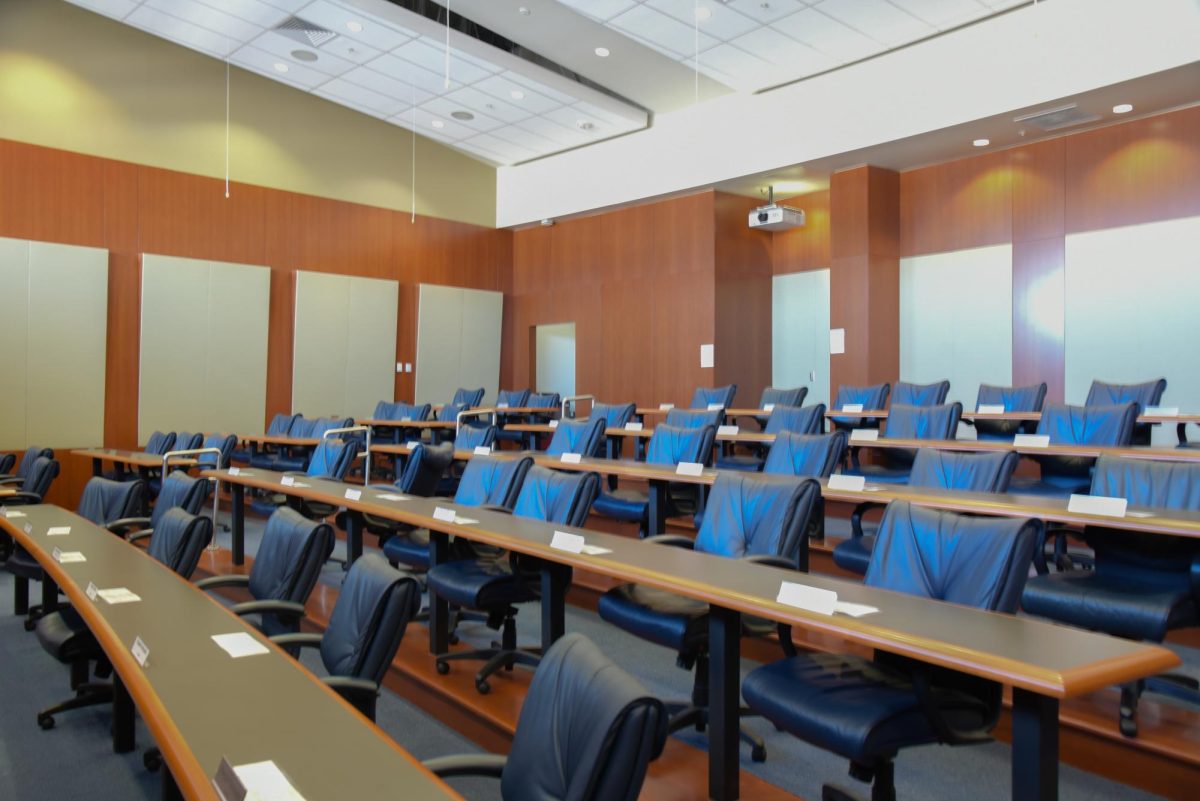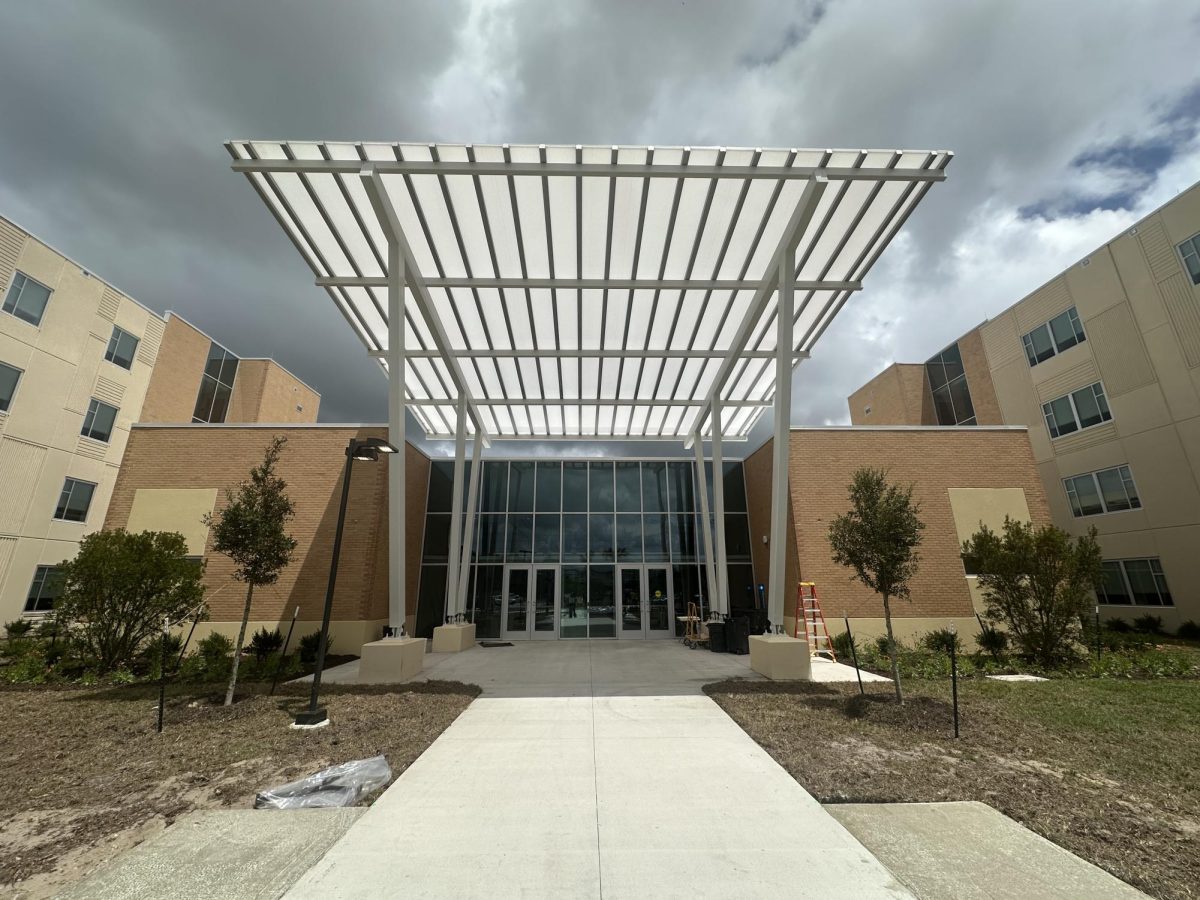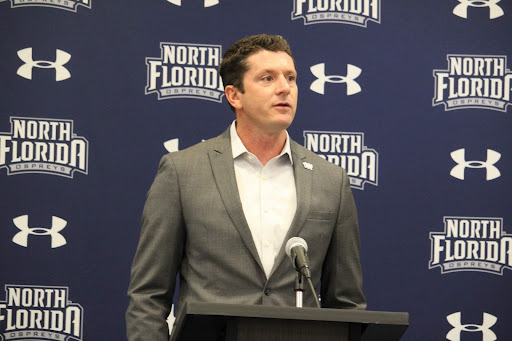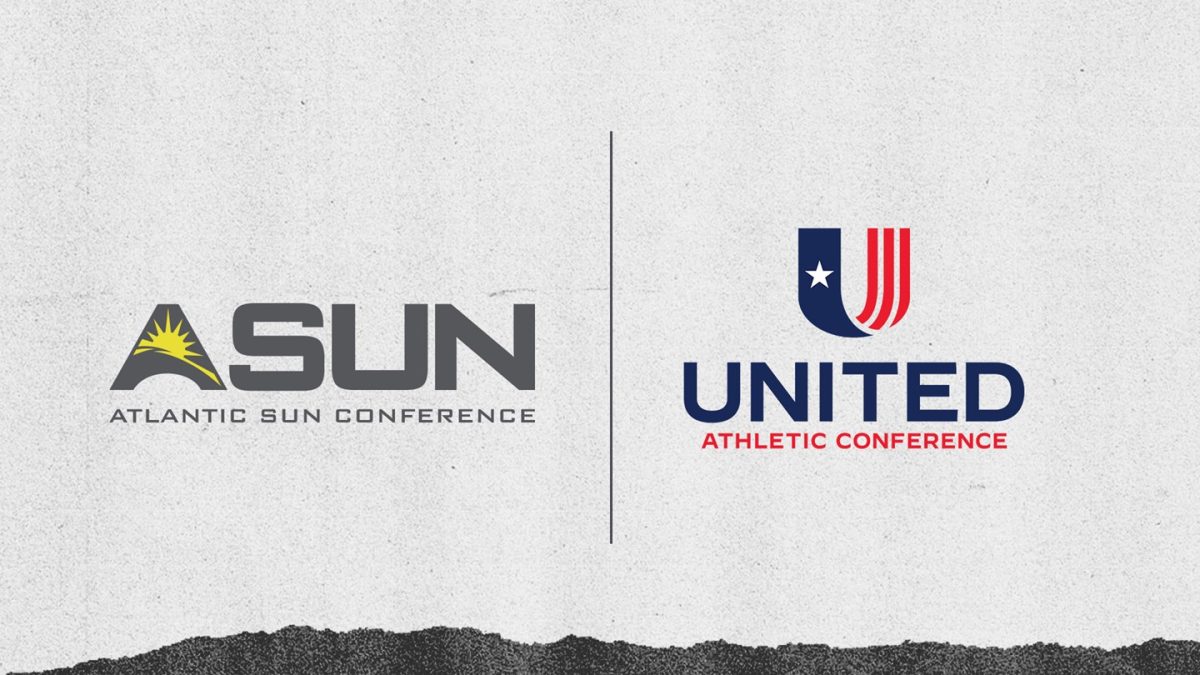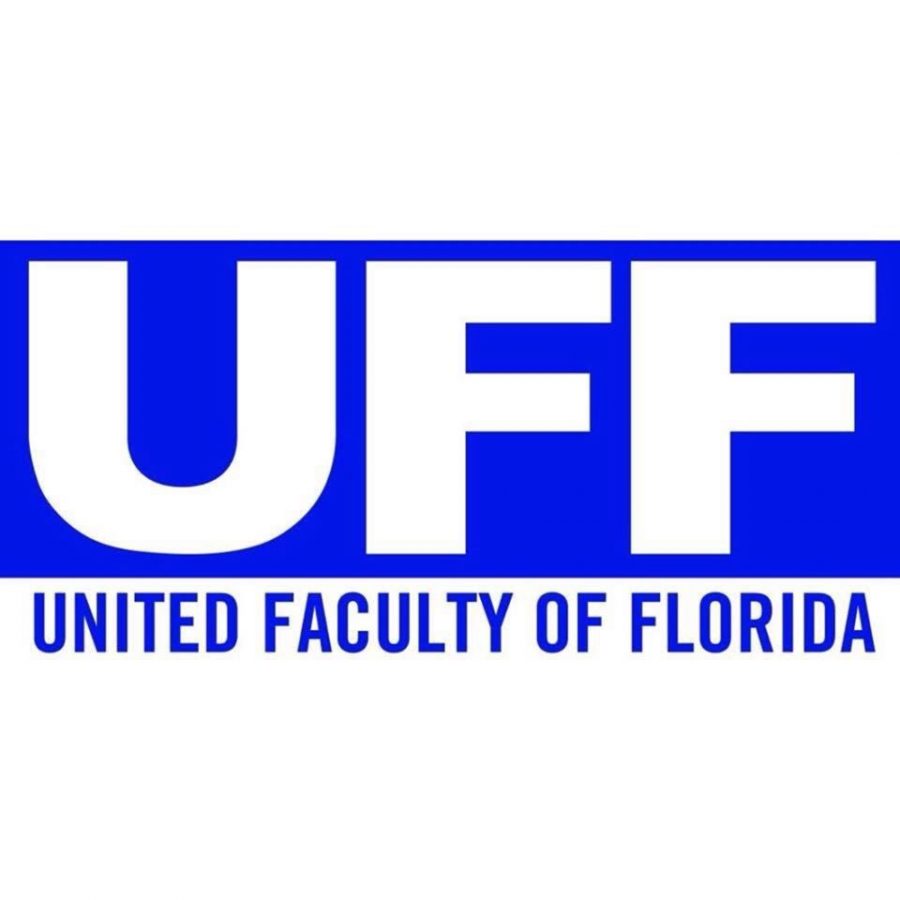By: Katie Gile
The UNF Transportation and Logistics Society, TLS, volunteered to assist a campaign working to garner community support for The Jacksonville Port Authority.
“Bring the Noise” is a grassroots endeavor calling on Jacksonville residents to sign letters to government officials expressing their desire to fund JAXPORT growth projects. Bring the Noise officers will then hand deliver these letters to officials both in Tallahassee and Washington, D.C.
BTN invited TLS students to volunteer for the “kickoff” at the JAXPORT cruise terminal Sept. 29. Students spread the word on campus, online and around Jacksonville to pull in 2,000 letters.
“UNF runs the transportation and logistics flagship program. They get it,” said Jennifer Yoder, director of BTN and director of business development for England, Thims and Miller. “These are students that want jobs in the industry, and as we all know, it’s a scary time to be graduating college and looking for a job.”
Heavy involvement in a project with a large stake in the local community — and potentially economy — provides UNF students an opportunity to hit the ground running.
“If Jacksonville continues to grow as a logistics and transportation hub for Florida … that will bring great opportunities for careers,” said Lynn Brown, UNF adviser for TLS. “It also raises awareness of this UNF program in the community. One of our guiding principles is relevance. The transportation and logistics field is very relevant in this region.”
The presence of actively involved students not only helps their future careers but also makes the campaign tangible for Jacksonville residents, said Nancy Rubin, communications director for JAXPORT.
“It brings [the campaign] down to the individual level when you’re looking at a college student who’s concerned, consistent and knowledgeable enough about this industry and what its future can be. Then you go, ‘Okay, I get it.’”
BTN hosted a campaign rally Oct. 6 at the Jacksonville Landing to raise awareness and offer more opportunities for letter signing. Though no final head count was taken, a rough estimate from BTN was that over 200 people attended the rally, and each signed several letters, pushing the number of letters over 10,000, Rubin said.
“It was astounding to realize that all those people were in one place to talk about port progress and to lend their voices,” Rubin said. “Apparently, the message is resonating out there. The times have made people realize that we have this steady-as-she-goes economic engine that we need to turn to and invest in, because the return on that investment is so significant in terms of jobs and dollars.”
The first project on the slate for JAXPORT is the relocation of a western portion of the training wall on the shoreline at Mile Point, FL — a slim stretch of water where the Intracoastal Waterway meets the St. John’s River.
As it stands, this piece of shoreline has severe erosion problems due to difficult crosscurrents between the two bodies of water. These currents and the subsequent erosion created the need for the St. John’s Bar Pilots to enact navigation restrictions on cargo vessels, according to a draft report by the Army Corps of Engineers.
These navigation restrictions impede the access of large ships at any time other than high tide, Rubin said.
This lack of access puts a handicap on Jacksonville’s imports and exports.
“Liken it to closing I-95 during the day,” Brown said.
If approved and funded, the project would remove 3,110 feet from the “western leg” of the Mile Point training wall and create a new leg in the eastern portion. In addition, the project requires the creation of a flow-improvement channel to Chicopit Bay to redirect the strong crosscurrents away from the erosion-prone shoreline, according to the report.
However, the environmental aspects of this possible development may be of some concern.
The wall elimination entails the removal of an estimated 889,000 cubic yards of material from the shoreline, as well as the loss of some salt marsh from the area near Mile Point, according to the report.
To address these concerns, the project would reuse as much of the removed training wall stone as possible to create the eastern leg, recycle the dredged material and possibly create new marsh habitat beyond necessary compensation for the loss, the report said.
Brown said this project won’t be approved without a thorough debate of its costs and benefits.
“This is a highly regulated project,” Brown said. “Once it’s passed, it’ll have been approved by all the bodies that are stakeholders. You can’t do a project like this just because you want to.”
While the debate of possible ecological disturbance continues, Rubin said she isn’t worried. The Army Corps of Engineers is required by law to account for the environment in its studies and often goes beyond what it’s required to learn and fix, she said.
“Any time the Army Corps does anything in any waterway, a huge part of their study is environmental impact,” Rubin said. “In a significant number of projects they design, there are beneficial impacts.”
If or when this initial project is completed, the next step will be deepening the harbor, Yoder said.
While the ecological costs and benefits of the deepening project have yet to be divulged, the Army Corps is working on a study similar to Mile Point to determine the appropriate depth for Jacksonville’s harbor. If the study results lean toward deepening, the project may coincide with the widening of the Panama Canal, according to jaxport.com.
Some are already eager for the project to commence.
“As a taxpayer, I say ‘Come on. What are you waiting for?’ We’ve already invested in it,” Rubin said. “If we want to stay competitive in trade, then we need to have a deeper harbor.”
Yoder agreed this project is necessary for Jacksonville to thrive economically.
“We’re in competition with [Florida] ports and with other ports,” Yoder said. “The problem is, ships are getting bigger and bigger, and if we can’t keep up with the industry, we’re going to lose out on business.”
Deepening the harbor would allow larger ships to come into port as necessary and do so on a regular basis. However, the project itself would come with a $600 million price tag, which Jacksonville would need federal assistance paying, Rubin said.
While the status of either of these projects has yet to be announced, IMPACTJax will host a panel meeting discussing the Mile Point project Oct. 26, Rubin said.
“I’m hoping at this discussion, I’ll find out a lot more about where we are in this process,” she said.
Ospreys “Support Our Port”
| For more information or to lend support to Bring the Noise, check out supportourport.com, follow @supportourport on Twitter or “Like” Support Our Port “Bring the Noise” on Facebook. |




